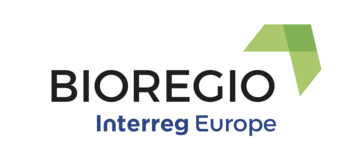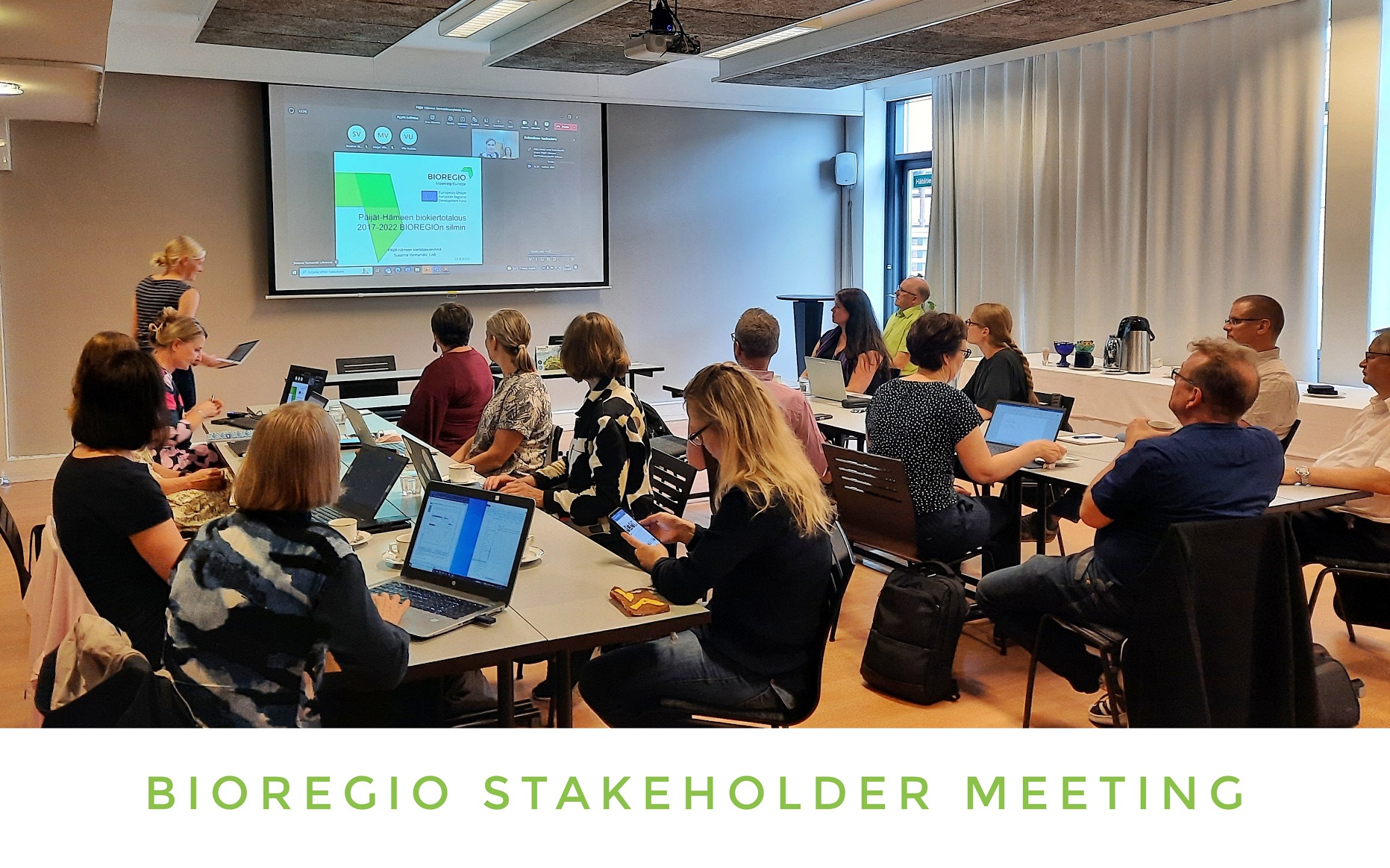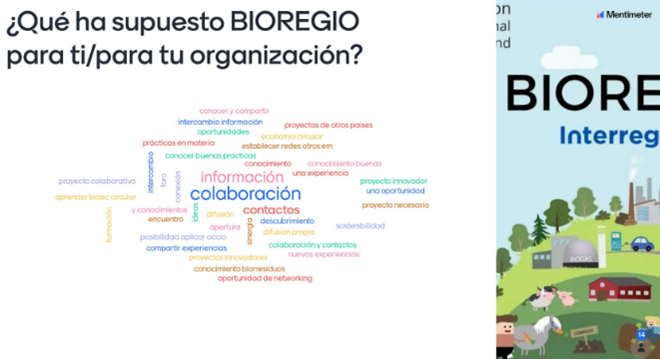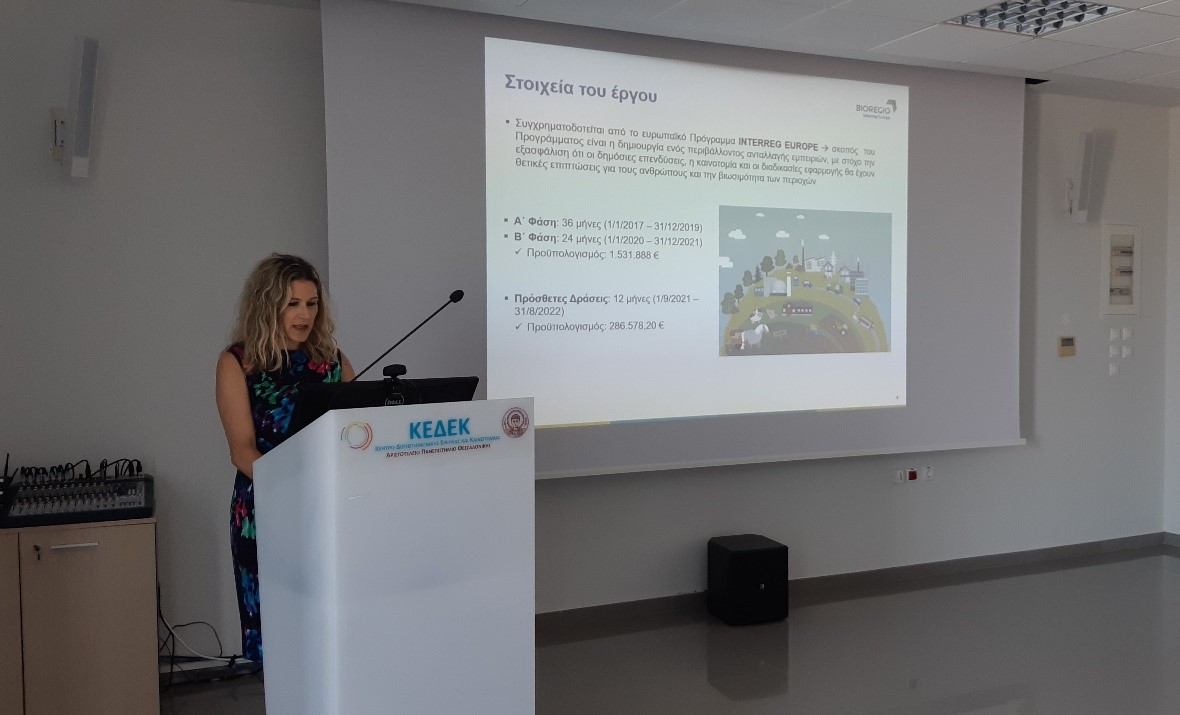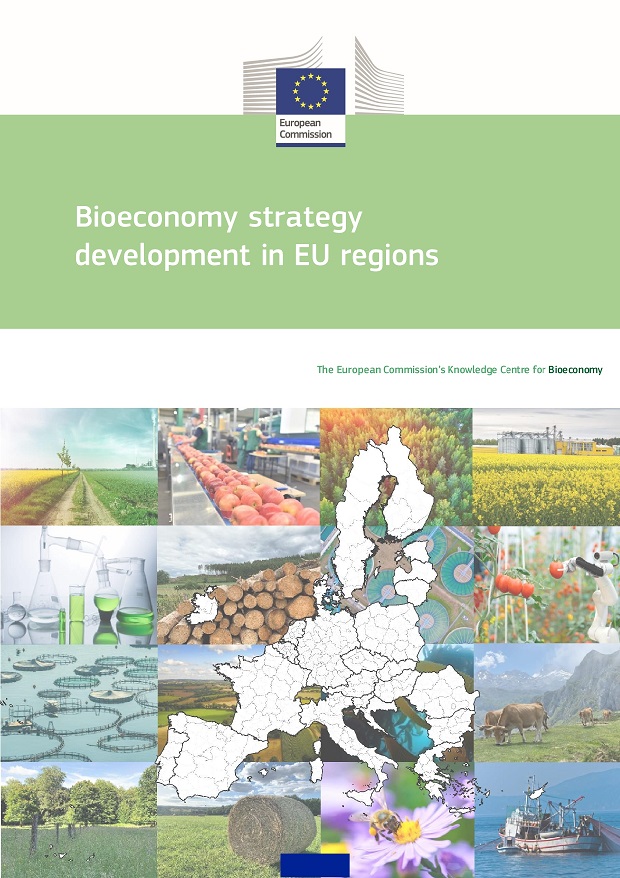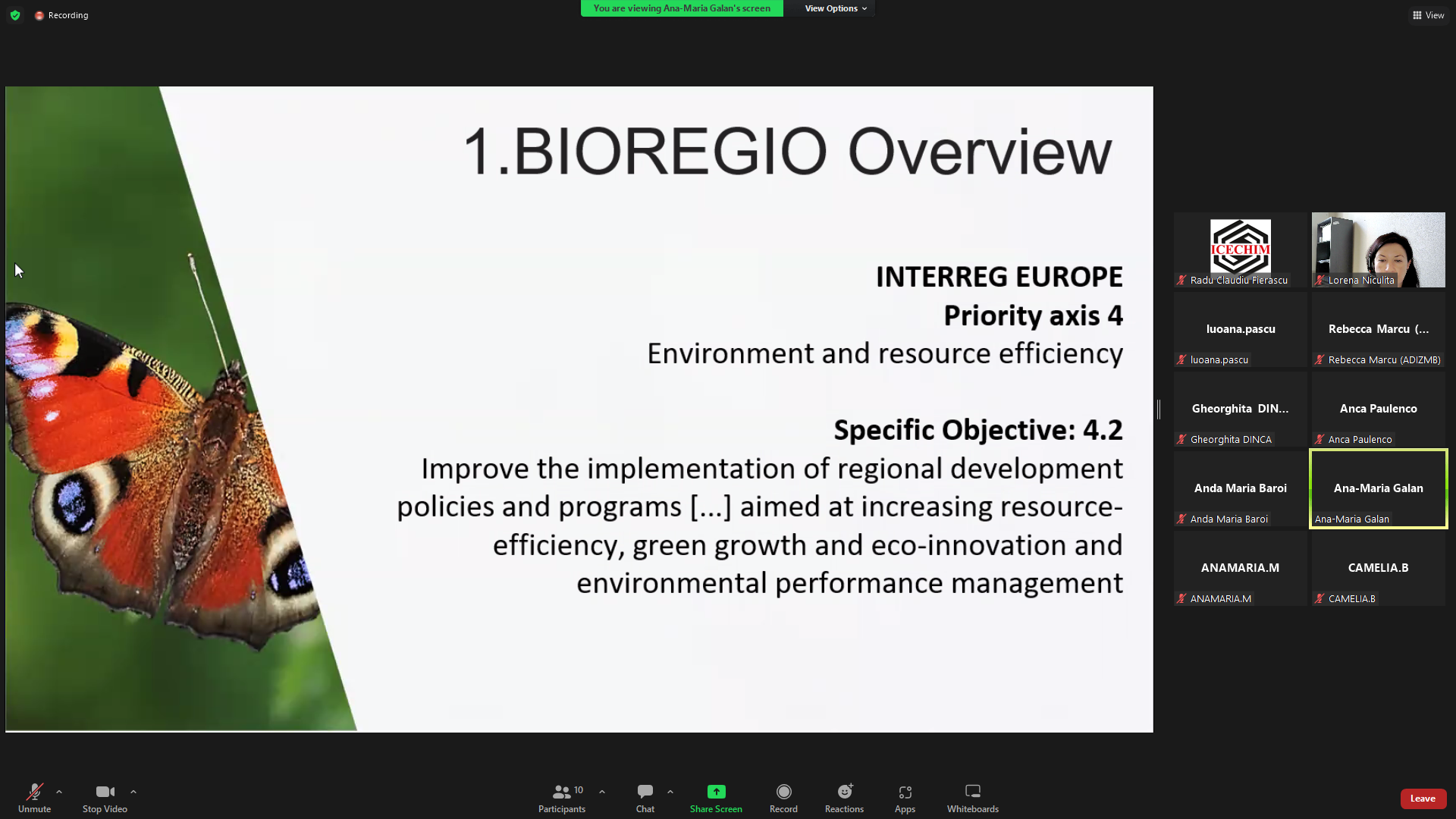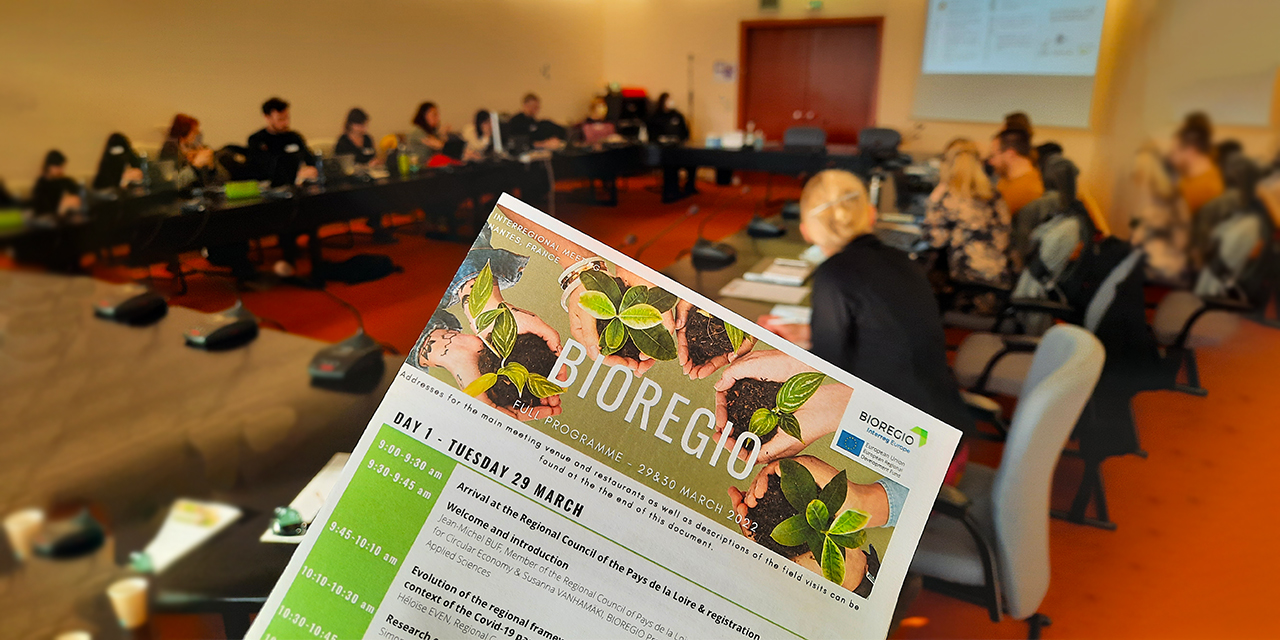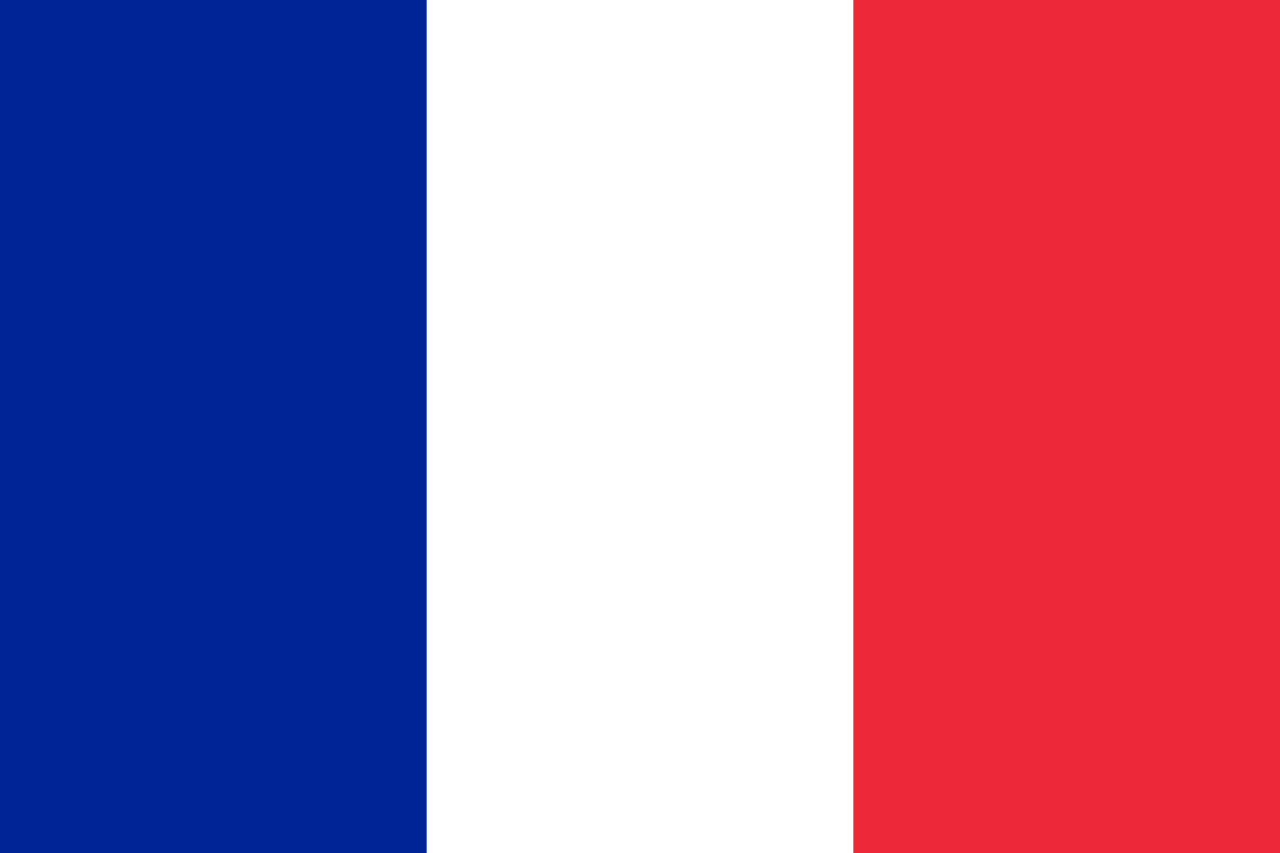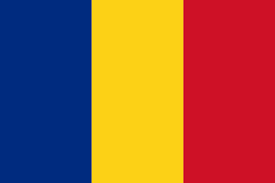An international seminar in Lahti, Finland brought together over 80 people to learn and discuss the various topics in the field of circular economy. The participants heard of circular economy initiatives and actions taking place at the European, national and regional level.

Figure 1. Over 80 participants attended the Circular Economy seminar in Lahti, Finland
Heidi Hautala, a member and vice-president of European Parliament, presented the audience achievements and commitments reached at the global and European level to move to a circular economy. She also pointed out, that frugality is not only something needed in the past but also today to save valuable resources.

Figure 2. Heidi Hautala presenting the Circular economy achievements and commitments reached at the global and European level
Nordregio’s senior research fellow Jukka Teräs hold his presentations of Nordic industrial symbioses. One of the presented cases was the Finnish Kemi-Tornio area, where industrial waste and side streams have been analysed and mapped systematically to develop new, value-added products.
Mika Sulkinoja, expert of the carbon-neutral circular economy at Sitra introduced the update of Finnish circular economy road map. The update seeks more effective actions to move to a circular economy, suggesting various financial incentives both at the state and municipality level. The Finnish road map was published in 2016 as the world’s first national circular economy road map.
The seminar also offered viewpoints to circular economy business models and consumer services, as well as Finnish businesses promoting the circular economy. During the panel discussion, the panellists had a chance to reflect on how to overcome obstacles in the way of a circular economy. The panellists addressed the need for cooperation and commitment in the whole value chain.

Figure 3. Panel discussion on how to overcome obstacles in the way of a circular economy
The event was organised on the 1st of February by Interreg Europe project BIOREGIO and the Regional Council of Päijät-Häme in cooperation with the CPMR Baltic Sea Commission Energy Working Group.
The original article written in Finnish is available at the Regional Council of Päijät-Häme website.
